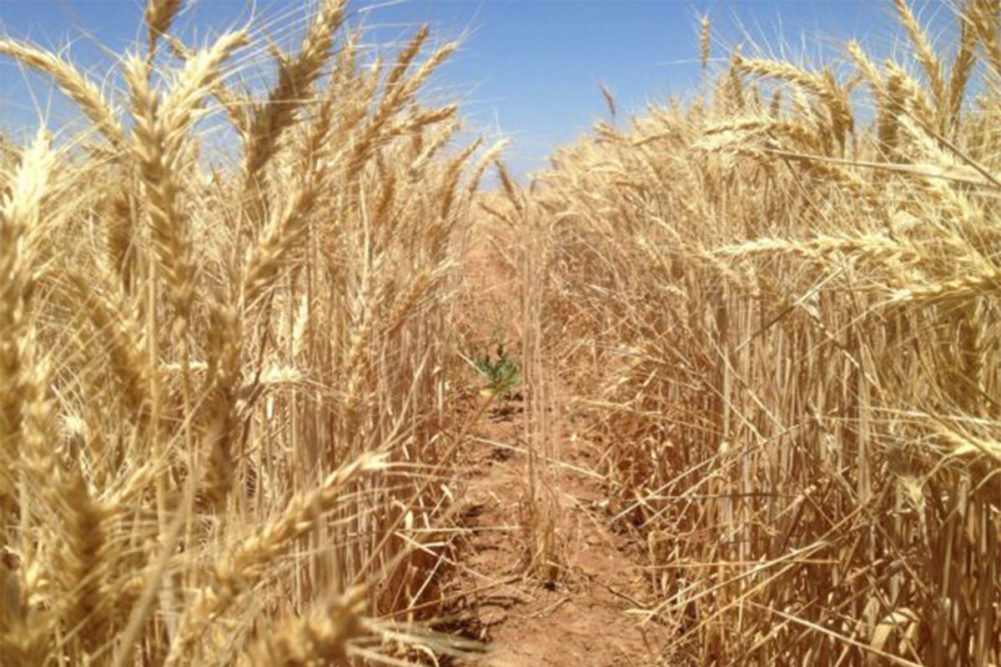GORDON, NEW SOUTH WHALES, AUSTRALIA — Wheat Quality Australia (WQA) in late August introduced a new milling wheat class: Australian White Wheat (AWW).
According to WQA, AWW maintains the core quality characteristics of Australian hard wheat — white, hard and sound with superior milling extraction and flour color. The new wheat class also is suitable for the instant noodle and general-purpose flour markets, the WQA said.
The cumulative impact of the AWW class on yield and area has been estimated at approximately 1.86 million tonnes in additional crop size and $510 million in increased value per season.
Terry Enright, newly appointed chair of WQA, said the new class should help Australia meet the needs of its largest export market. He said the largest export customer for Australian wheat over the past decade has been Indonesia, followed by other Southeast Asian countries such as Vietnam, The Philippines, Malaysia and Thailand.
Those countries, he said, have been searching for wheat flour that may be used to make instant noodles. With AWW, Australia now has a classification designed to specifically meet this market usage, Enright said.
“Most Australian wheat currently supplied to the instant noodle market is either ASW (Australian Standard White), or APW (Australian Premium White),” he said. “These wheats are not bred for this purpose and are largely downgraded AH (Australian Hard) or APH (Australian Prime Hard) classed varieties, which are bred to have the additional characteristics required for other higher value markets such as bread baking and fresh noodles.
“This means a significant portion of the investment by breeders and farmers to pursue increased quality is wasted and the opportunity for potential yield increase is foregone.”
Enright also noted that AWW will help Australia compete for share in the Southeast Asian market. So far, the AWW classification has exhibited superior milling extraction, flour color and starch properties to Black Sea origin milling grades, he said.
“WQA has been working through changes to the classification system in the more price sensitive classes (APW and ASW) since 2016 and has been in discussions with the Wheat Classification Council and with wheat breeders, growers and traders to develop an appropriate solution,” Enright said. “Based on the benchmarking work available, AWW is around midway between current AH and Black Sea wheats on an ash adjusted milling extraction.
“Flour color is likewise halfway between current max yellowness for AH and the known problem variety Krichauff. Testing for dough properties and end products, both baking and noodle, are not in the AWW requirements.
“No protein minimum specification has been set for AWW as a class, however it should not be implied that AWW will only be a low protein class as there are markets for AWW at a range of protein from 13+% to 10% and below.
“Opportunities to capture improved value in instant noodle and general-purpose flour markets requiring a range of protein can be accessed with AWW.”
Enright also said he envisions the classification of AWW as opening the door to new varieties, particularly varieties that meet specific market needs for instant noodle and general-purpose flour markets.
“Because the traits included in the AWW requirements are less influenced by environmental variations compared to some others, there is an opportunity to reduce the number of seasons of data required to achieve classification, faster cycle time and shorter time to market is also value generating,” Enright said.
Focusing in on planting wheat varieties that better fit for purpose should yield a better return on investment and, ultimately, greater profitability, Enright said.
“Over time, AWW varieties are expected to have higher yields (up to 8% to 10% more) than APH and AH varieties while still retaining acceptable performance in milling markets,” he said. “As this is achieved through multiple successive breeding cycles the gains in yield will be steady over three or four release cycles, so it is not expected that the steady state will be reached in less than 15 or more years.
“AWW varieties will also be bred to suit specific climatic conditions such as high rainfall areas and the sub tropics, enabling growers in these regions to expand their sowing options.”






